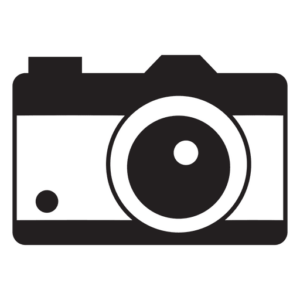by The Cowl Editor on September 13, 2018
Arts & Entertainment
by: Dr. Eric Bennett Associate Professor of English
Life is too short to read everything. It may even be too short to major in American Studies. This column, brought to you by professors in AMS, highlights the books you simply cannot let pass, whatever your major. Start your list!
 Susan Sontag’s On Photography (1977) is required reading for virtually anybody in art school. But chances are good that you are not an art major, and PC is not RISD, so why should you care?
Susan Sontag’s On Photography (1977) is required reading for virtually anybody in art school. But chances are good that you are not an art major, and PC is not RISD, so why should you care?
For starters, you will snap more pictures in a year than your grandparents took in their lifetimes. And your Instagram feed comprises just a fraction of the images that shape your reality each day. The profusion may seem like a new thing. But Sontag heralded this state of affairs long before the advent of smartphones.
A major consequence of our photographic thralldom, according to her, is that everything gets flattened. “Crushed hopes, youth antics, colonial wars, and winter sports are all alike,” Sontag writes, “—are equalized by the camera.”
She also observes that we stop feeling real as soon as we step beyond the camera’s gaze, “Ultimately, having an experience becomes identical with taking a photograph of it, and participating in a public event comes more and more to be equivalent to looking at it in photographed form.”
Sontag recognizes photography’s great democratizing power. Anybody can capture anything now. But she fears the anxiety, the numbness, and the hollow lust it engenders.
Sontag’s observations, dark and light, accumulate in terse, epigrammatic brilliance. She offers as much a picture of America as a theory of picture-taking. “The freedom to consume a plurality of images and good,” she warns, “is equated with freedom itself. The narrowing of free political choice to free economic consumption requires the unlimited production and consumption of images.” Think about it—who is the weirdest friend? The socialist? The far right conservative? Or the centrist with a flip phone?
The chapters mingle homage to a miraculous art form with dire warnings that are increasingly relevant for this century.